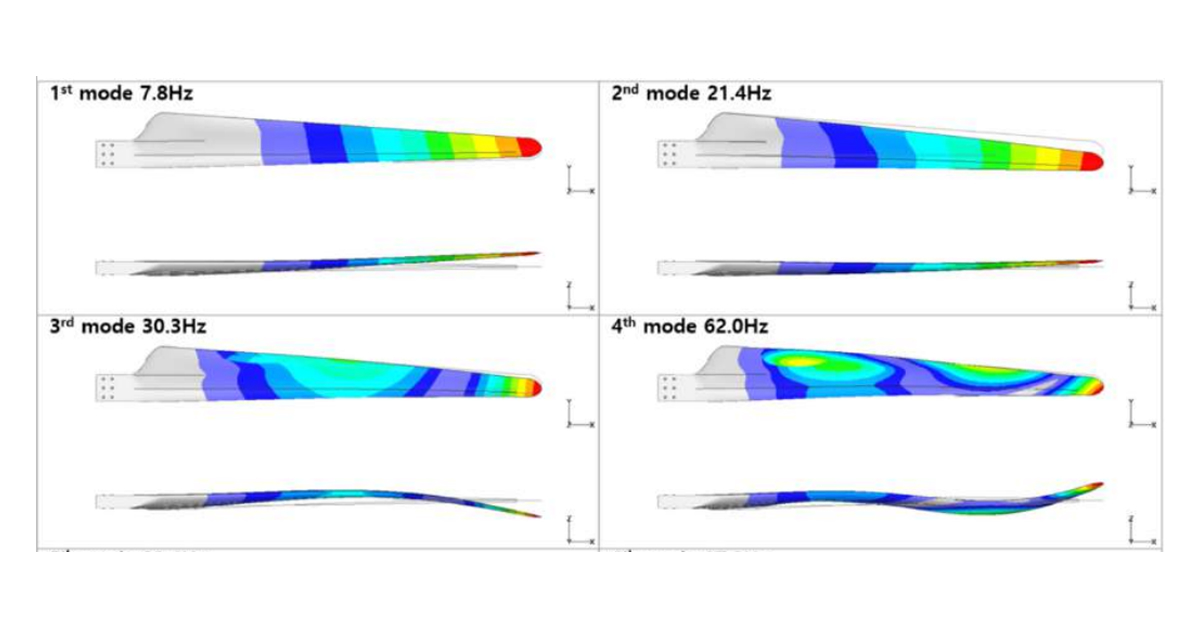High-fidelity finite element model development for damage detection of wind turbine composite blades

Authors:
Sungmok Hwang, Hyunmok Kim, Seungjin Kwang, Cheol Yoo
Journal / Event:
Wiley Online Library

Sungmok Hwang, Hyunmok Kim, Seungjin Kwang, Cheol Yoo
Wiley Online Library
location_on France, 31100 Toulouse, Av. du Général de Croutte 42
phone +33 (0) 5 82-95-59-68
mail_outline info@pseven.io
Contact us Resellers navigate_next